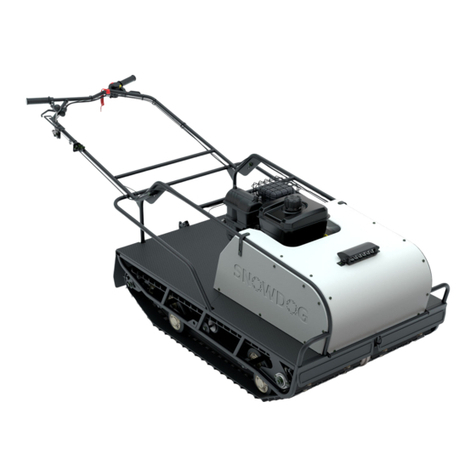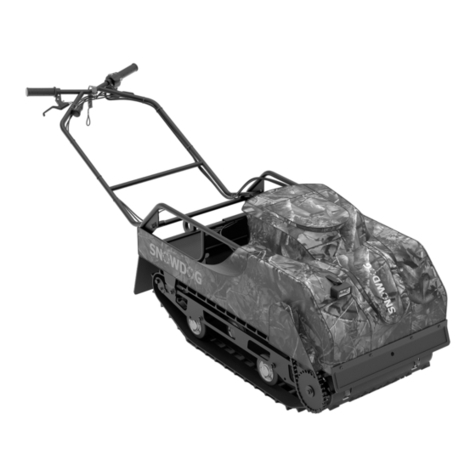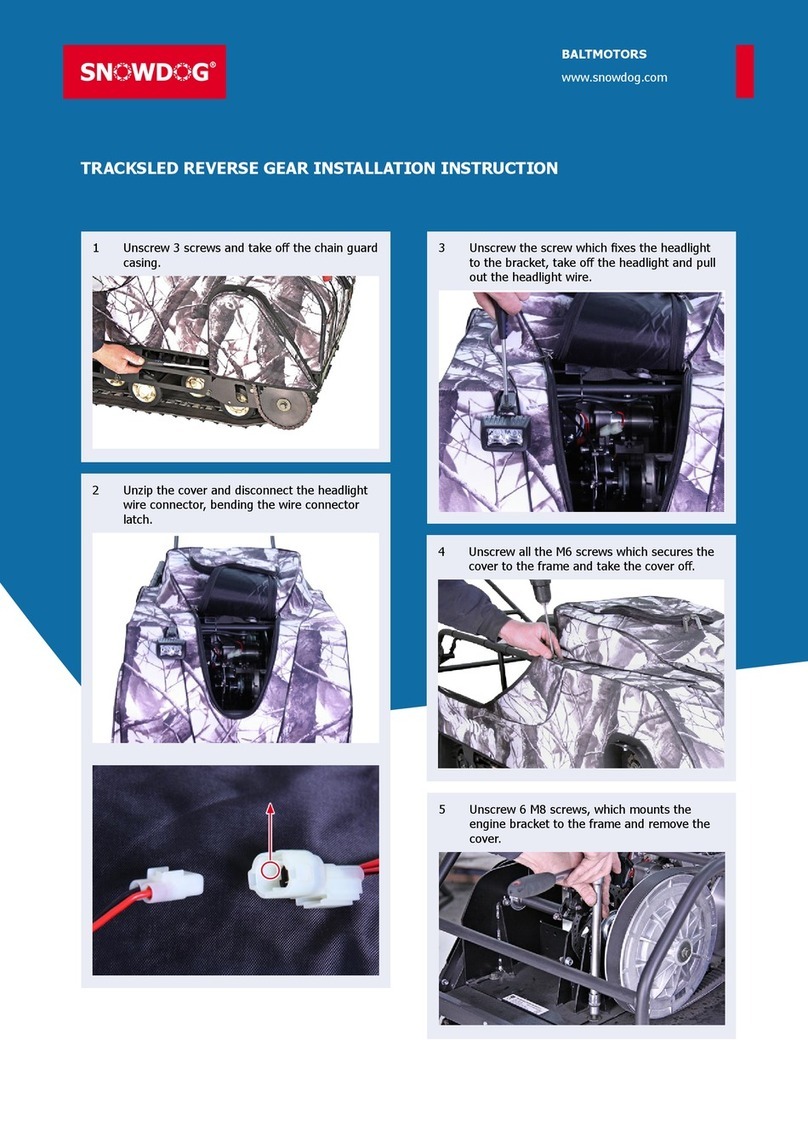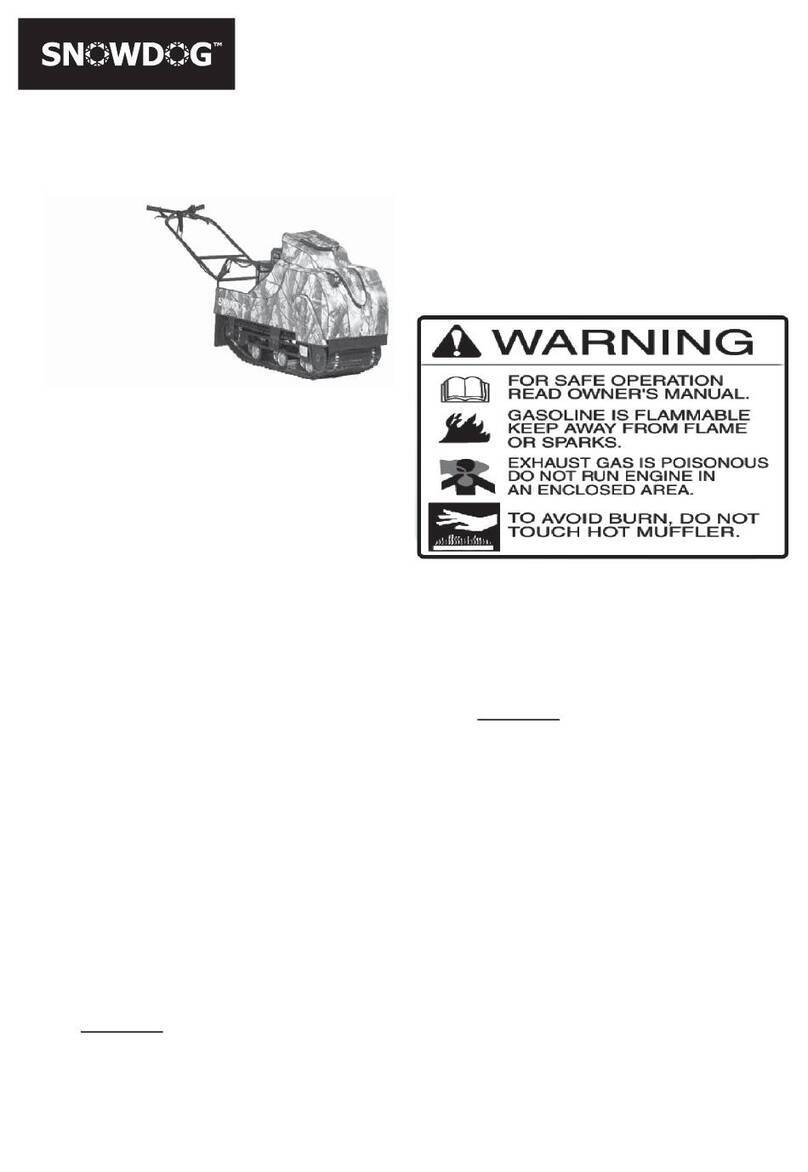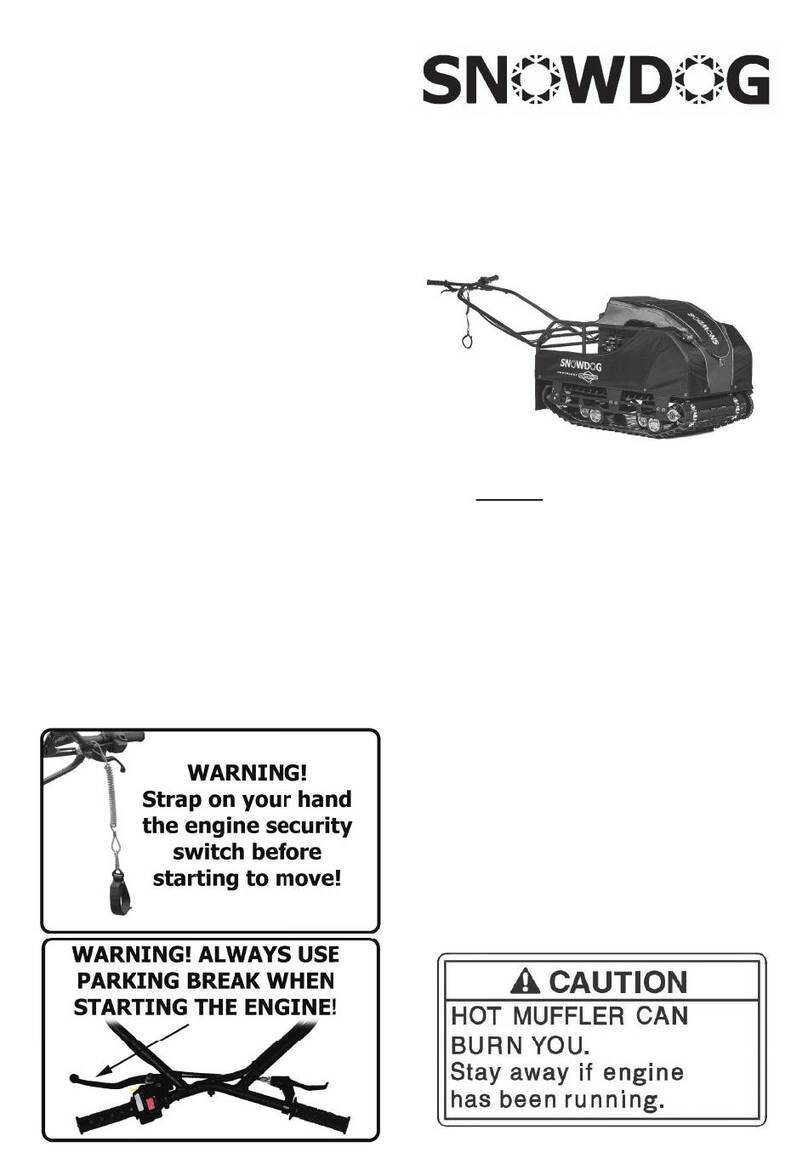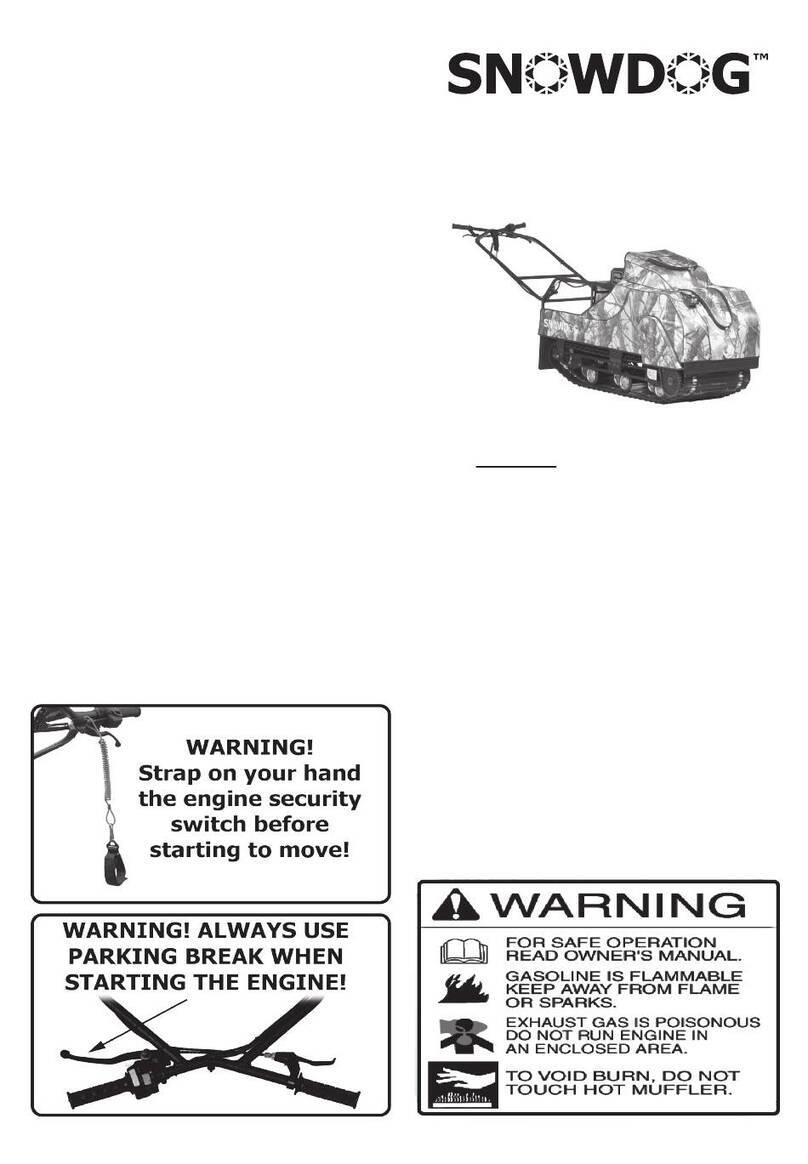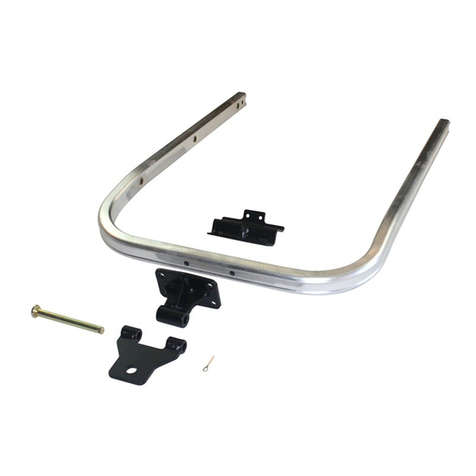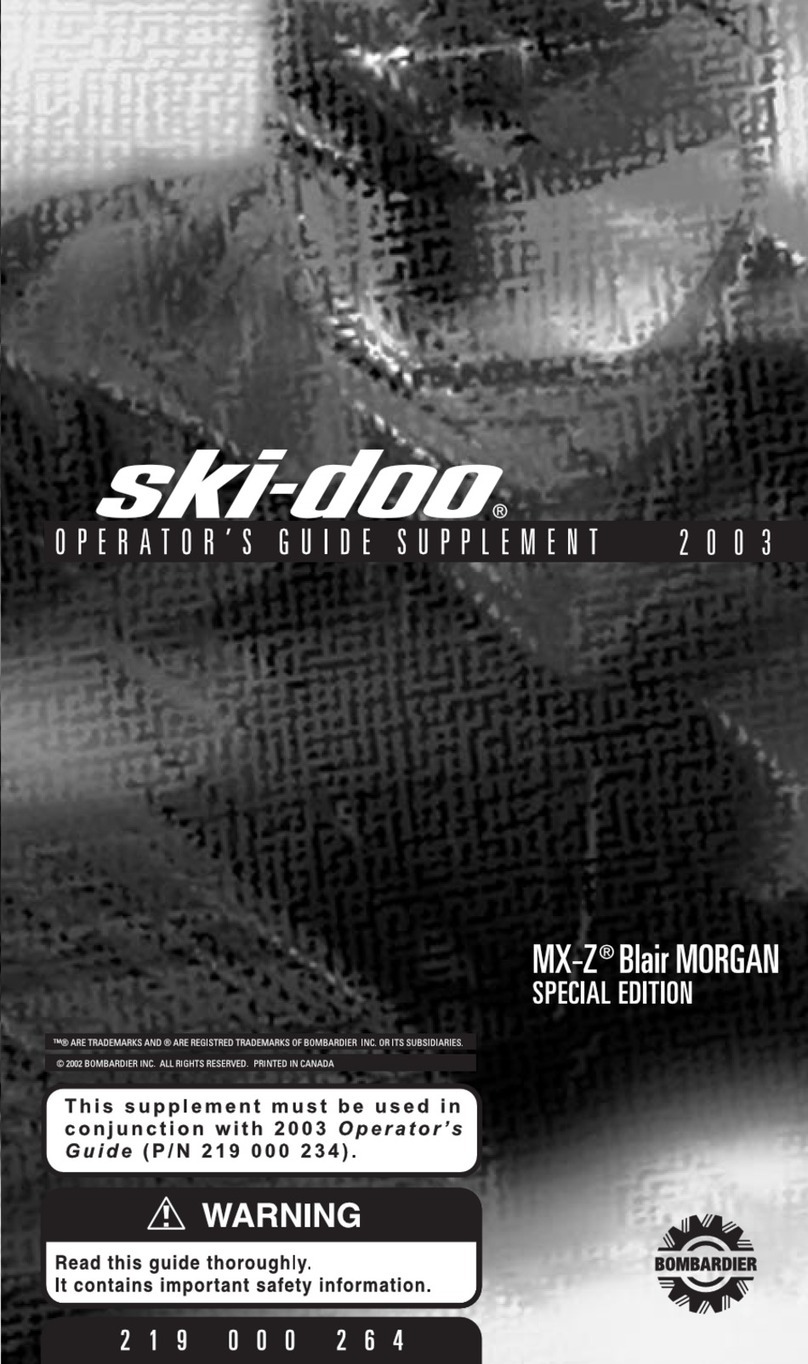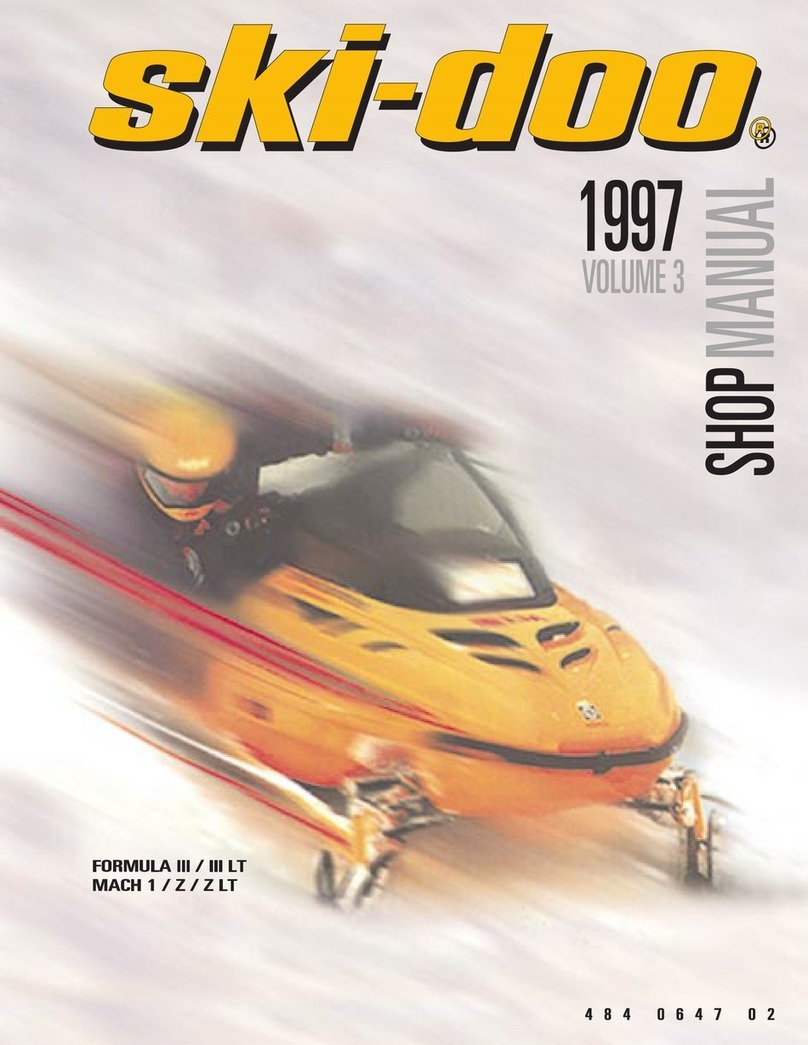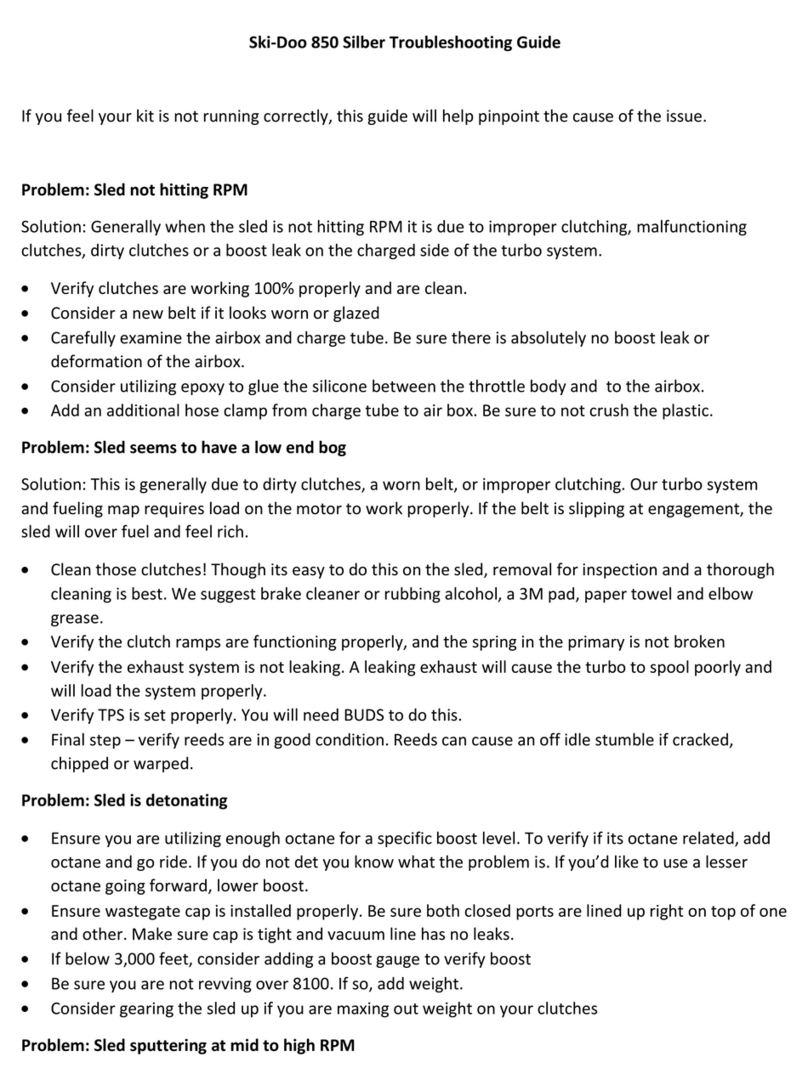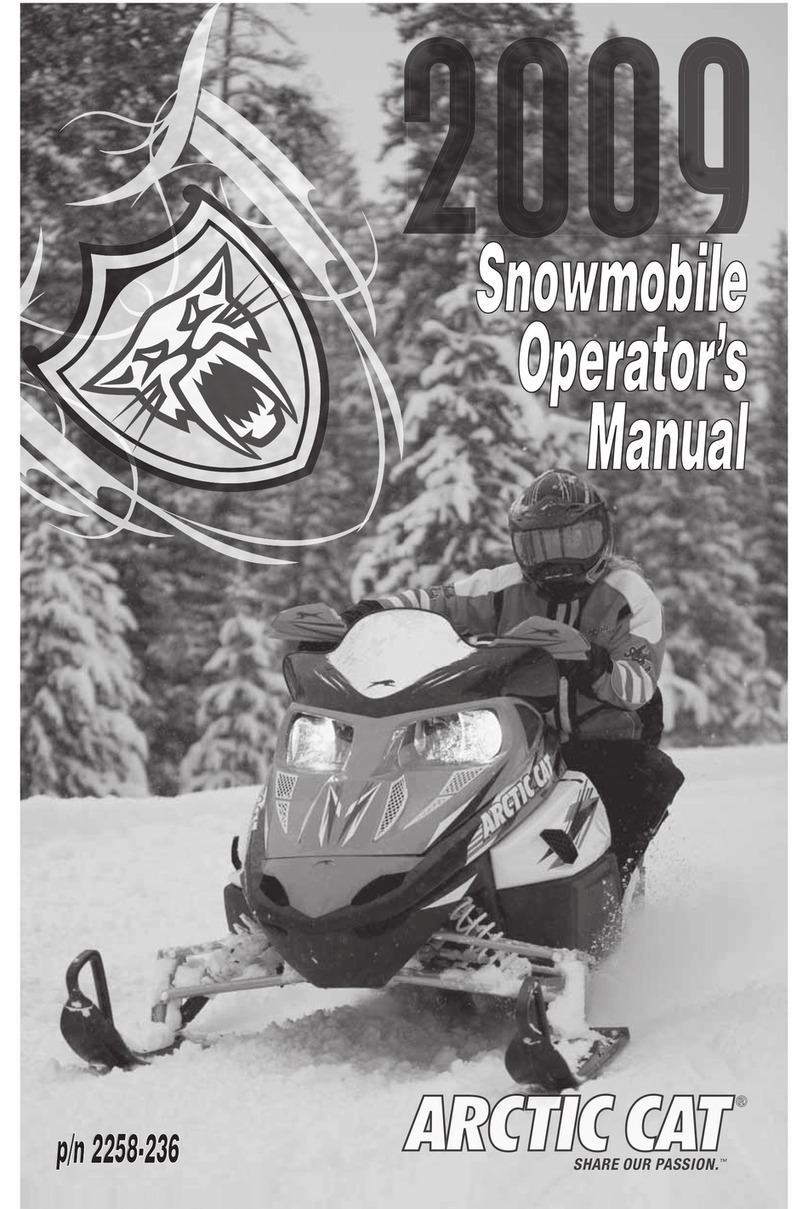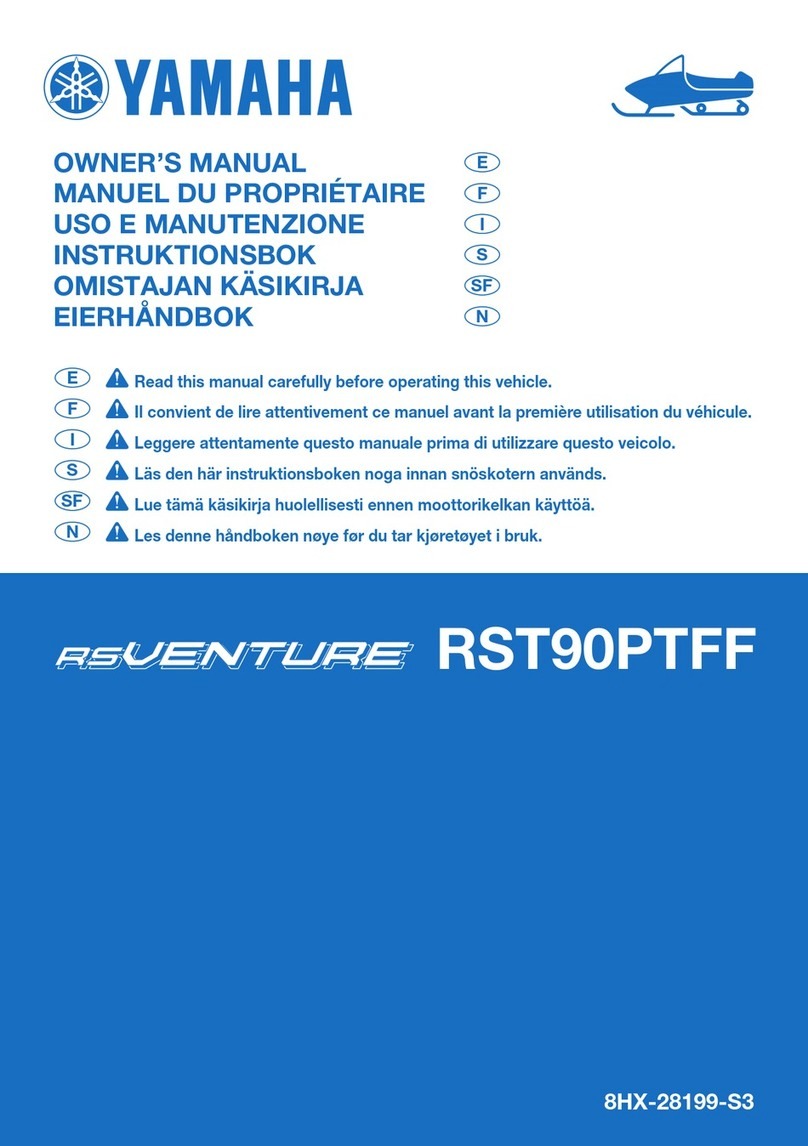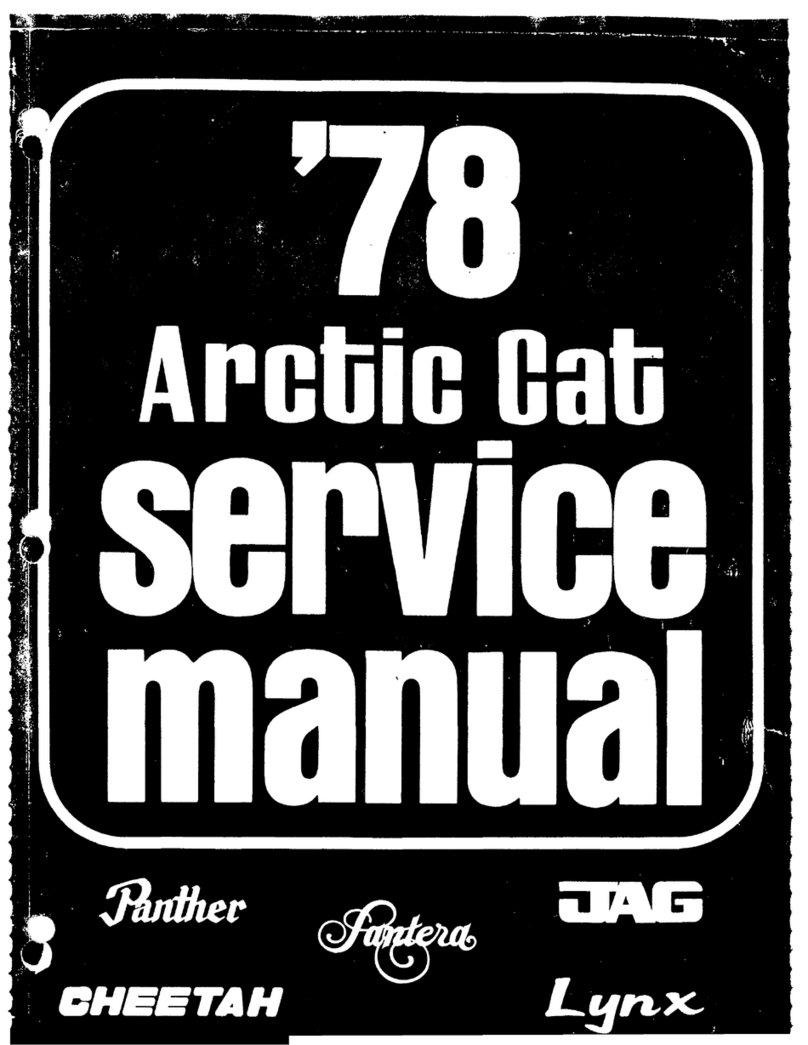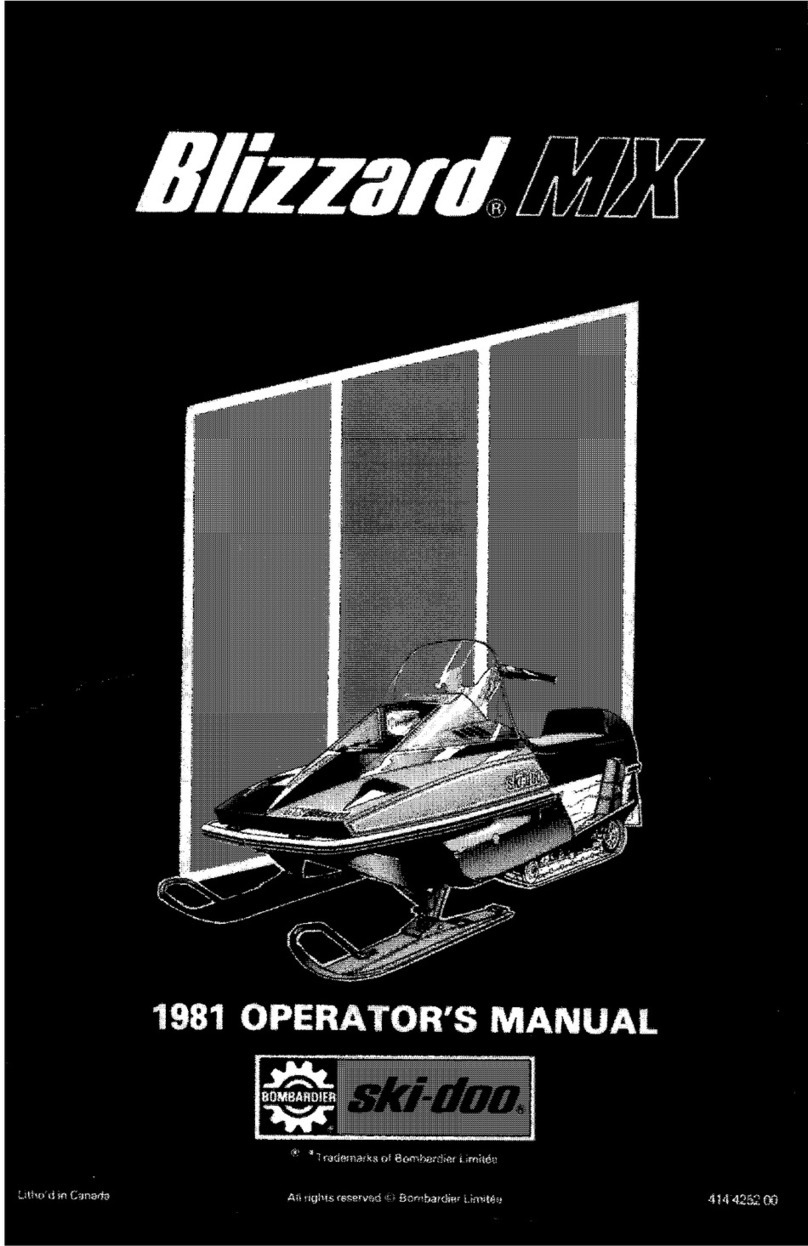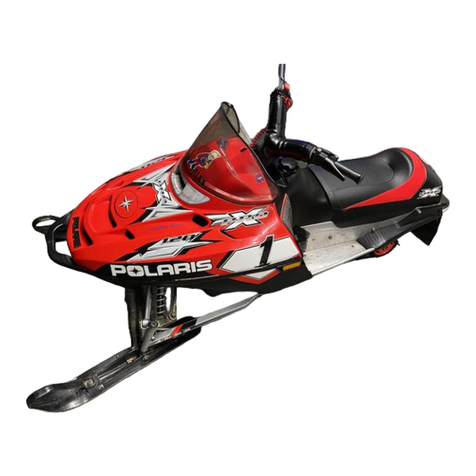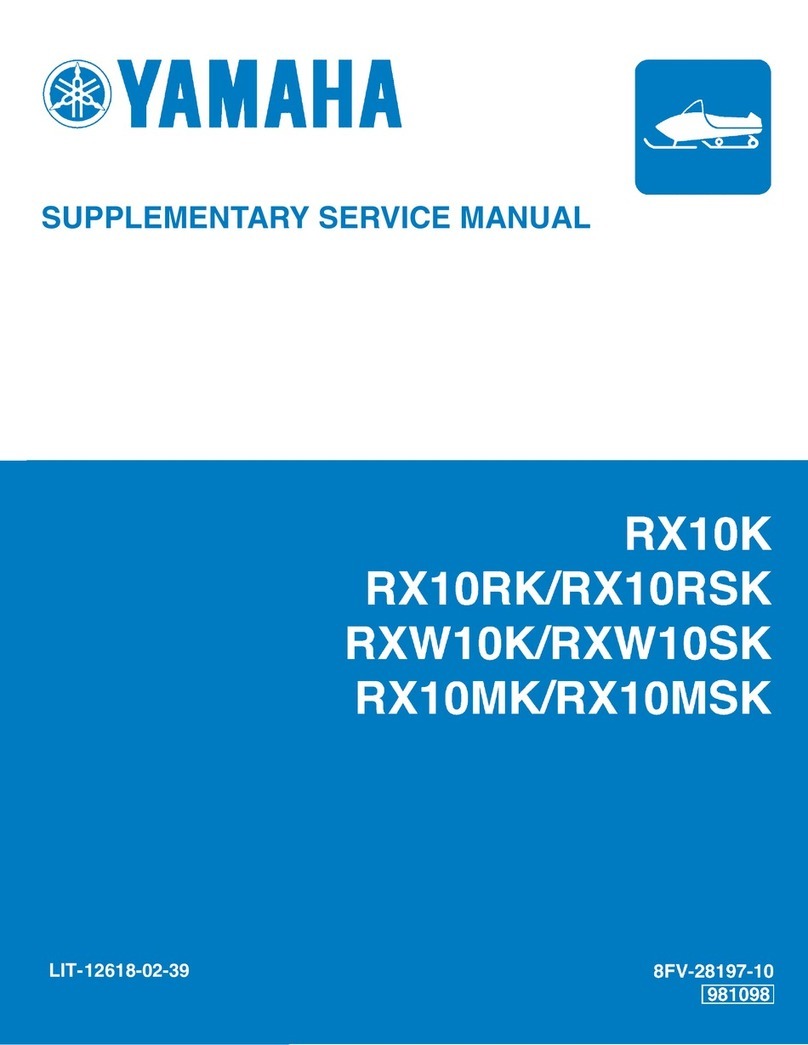
3
1 Preamble
Thank you for purchasing the SNOWDOG!
To get the most of your SNOWDOG, please read this
manual carefully� Following technical instructions and safety
tips ensures continuous years of reliable product usage�
“SNOWDOG” is a compactly designed and highly reliable
SNOWDOG, equipped with a quality Briggs & Stratton engines
and ready for off -road work or recreation.
All information in this manual corresponds to the state of
the products at the date of signing and printing the document�
The manufacturer reserves the right to make changes to
design without prior notice and without any obligations� If
a diff erence is found between this Manual and your, please
contact your SNOWDOG dealer for the latest information�
The speci ed service life of SNOWDOG is 5 years,
provided the operation and maintenance rules speci ed in the
Manual are observed.
2 Safety tips
This Owner’s manual contains important information on
safety tips and operating instructions for SNOWDOG� In case
of resale, please transfer this document and the engine service
manual to the next SNOWDOG owner due to the importance
of the information contained� Please read this manual carefully
before operating the SNOWDOG�
!WARNING!
Non-compliance with the following rules
and instructions may cause serious damage
and even injuries. SNOWDOG operating
safety tips and instructions are marked with
“WARNING!” tag listed herein.
All the information on operating safety tips
and instructions for Briggs&Stratton engine is in the
Briggs&Stratton user’s manual. Please read the manual
carefully before using the SNOWDOG. Non-compliance with
the operation instructions and non-acquaintance with the
information in the user’s manual may cause serious damage
and even injuries�
!WARNING!
Before operating the SNOWDOG you must
read the Owner’s manual and engine
operator’s manual.
!After starting the engine, the Snowdog can
begin to move independently. Therefore,
before starting the engine make sure there
are no people, animals or objects in front
of the Snowdog that may be damaged or
injured.
It is prohibited to operate the SNOWDOG for minors
under 16 years old, and not recommended to operate
SNOWDOG for people who are not capable of safe operating
due to diff erent reasons.
• It is prohibited to operate the SNOWDOG under the
in uence of alcohol and/or drugs.
• It is prohibited to use SNOWDOG without the chain
protection cover, mud aps and emergency engine
shutdown switch�
• Operating a faulty or defective SNOWDOG unit is
prohibited�
• Operating the SNOWDOG on public roads and trails is
strictly prohibited�
• SNOWDOG is designated strictly for outdoor use� Indoor
use is prohibited�
• Park the SNOWDOG at a safe distance from people and
animals�
• Before starting the engine make sure there are no
people, animals or objects near the SNOWDOG that may
be damaged or injured�
• Strap the engine security switch on your hand before
starting the engine�
• Before starting the engine please make sure the throttle
control lever moves freely and is not xed.
• Do not start the engine if the handlebar are folded�
• Do not fold the handlebar while the engine is running�
• Always check the parking brakes�
• Stay clear of the moving gears in the drive shaft and
chain!
• Any maintenance of the SNOWDOG and the engine shall
be carried out only after the engine is shut off , unless
otherwise required for maintenance.
• Make sure all the screws on sprockets and shafts are
tightened before operating the SNOWDOG�
• If any malfunction occurs, stop the operation
immediately, locate the problem and x it.
• Wear protective gloves when riding the SNOWDOG�
• Wear protective helmet when riding the SNOWDOG�
• Wear ear protectors to reduce the harmful eff ects of
noise caused by the SNOWDOG�
• Sled or semi-trailers must be xed to the SNOWDOG
with rigid drawbars only�




















